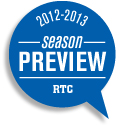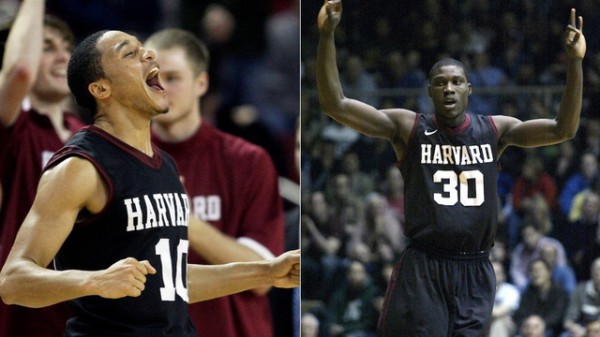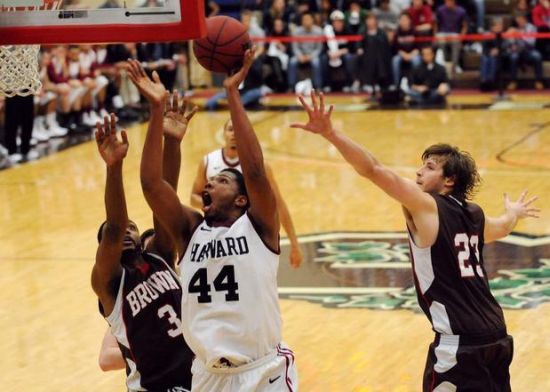RTC Season Preview: Ivy League
Posted by Michael James on November 6th, 2014Michael James is the RTC correspondent for the Ivy League. You can also find his musings on Twitter at @ivybball.
Top Storylines
- The Forty Year Cycle – On October 31, the AP made official what many had presumed might happen all summer, as Harvard was revealed as a Top 25 team in the preseason basketball writers’ poll. The Crimson became the first Ivy team since Penn in 1974-75 to crack the AP preseason poll, although for the Quakers that was the last of five consecutive appearances in the preseason rankings. In fact, Penn spent time in the AP poll during eight of the 10 seasons in the 1970s, reaching as high as #2 in 1972 and finishing at #3 in 1971 and 1972 after runs to the NCAA regional finals in each season. Harvard reached as high as #22 in the AP poll in 2012 before receiving votes but never cracking the list last season.
- Mourning on the Heights – It started with the departures of guard Meiko Lyles and forward Zach En’Wezoh, both of whom were removed from the roster unexpectedly last month. Lyles would be a loss that would hurt Columbia’s depth, but wouldn’t derail the Lions’ steady march to the top of the league ladder. But then, Columbia announced even more stunning news, as All-Ivy forward Alex Rosenberg fractured his foot in practice. That injury is expected to sideline Rosenberg until potentially the start of league play, leaving the 6’7″ forward with a tough decision as to whether to rush back for the 2014-15 campaign or to skip the entire season and apply for a fifth-year waiver. If Rosenberg misses the entire 2014-15 campaign, Columbia will likely struggle to hang on to a spot in the upper division of what will be an incredibly deep and talented Ivy League this season.
- Preseason Praise – It’s not just Harvard earning the praise of the pundits heading into the 2014-15 campaign. In Dan Hanner and Luke Winn’s #1-#351 Division I rankings, six Ivy teams were ranked #169 or higher, including five in the Top 150. Hanner also rated the Ivy League as the strongest mid-major conference in college basketball (12th best overall). Ken Pomeroy’s preseason ratings were a little more conservative, but still had five Ivies in the top 200 and four rated at #135 or better. Pomeroy rated the league as the 14th best league in the country with an average Pythagorean winning percentage just shy of .500, which would be a record for the Ivies in the Pomeroy era.
Predicted Order of Finish
- Harvard (12-2)
- Princeton (9-5)
- Yale (9-5)
- Brown (7-7)
- Columbia (7-7)
- Dartmouth (6-8)
- Cornell (4-10)
- Penn (2-12)














































